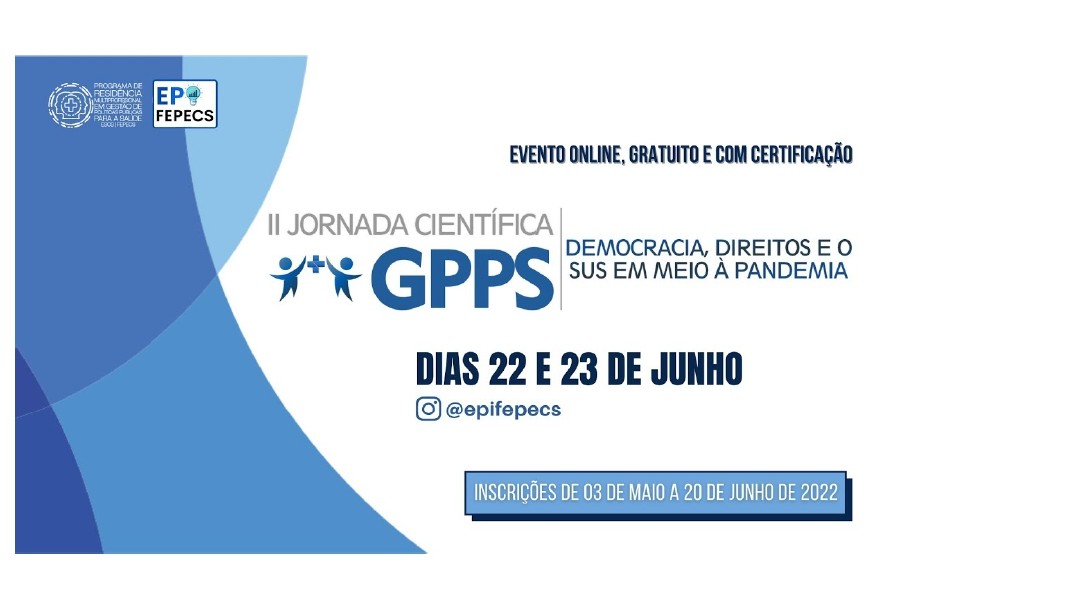Prevention and Promotion of Women's Health in a Vulnerable Community: An Experience Report
DOI:
https://doi.org/10.51723/hrj.v6i29.662Abstract
Introduction: Primary care is characterized by a set of health actions, which aims to develop comprehensive care that impacts and promotes the health situation (BRASIL, 2012). Thus, considering that women are the majority of the Brazilian population (50.77%) and the main users of the Unified Health System (SUS) (BRASIL, 2004), the idea arose of promoting a community health action in celebration to International Women's Day. The event aimed to expand these users' access to the care network and offer comprehensive health care in a more timely manner. The main objective was to welcome and support the local female population in a socially vulnerable community, in this way, there would be, concomitantly, holistic care and qualified listening to the demands brought. Objective: To report the experience of nursing students from a public college in the DF in a Women's Day action aimed at those in vulnerable situations. Method: The event was held at São José Operário Parish - Vila São José (Vicente Pires, DF), in the morning and afternoon shifts on March 8, 2022. The choice of location was based on easy access to the population given the extreme vulnerability. The professionals involved in the action were: nursing students from teaching institutions Universidade de Brasília (UNB) and Escola Superior de Ciências da Saúde (ESCS) and a multidisciplinary team from the Basic Health Unit (UBS) n° 1 of Vicente Pires. Among the services offered during the event, the nursing interns were involved with: reception, screening and active listening to women; rapid testing for STIs; pre- and post-testing guidelines; rapid testing for Covid 19; collection and scheduling of preventive exams; request for exams; and nursing consultations, with clinical assessment of patients. In addition, personal hygiene kits, condoms and snacks were distributed. Thus, the action took place using the "open door" model and it was estimated that 100 women participated. Results: It is important to highlight weaknesses observed during the event: I- due to the short term of organization and planning, some demands were rushed. II- due to the small number of rooms available for the event, compared to the range of health services offered that required a private room, some actions had to be carried out in the same room, which hampered the dynamics of some services. In view of this, in order to offer better assistance to the population, some suggestions that can improve other possible community interventions would be: (I) carry out the action planning in advance and with the help of the entire team, in addition to previously resolving all pending issues to be performed (II) adapt the services to be offered with the available location, so that the activities are harmed as little as possible. Conclusion: The experience generated by this health action was unique as it provided a real approach to the population and was able to support, listen to their doubts, demands and anxieties in an integral way to the participants. This social act successfully achieved the proposed objectives and enabled enriching experiences for the development of the organizers.
Additional Files
Published
How to Cite
Issue
Section
License
Copyright (c) 2025 Alline Russel Mariano Rêgo, Ana Paula Valério Araújo, Vanessa Manuela Da Silva Monteiro, Eduarda de Menezes Lins

This work is licensed under a Creative Commons Attribution 4.0 International License.
Esta licença permite que outros distribuam, remixem, adaptem e desenvolvam seu trabalho, mesmo comercialmente, desde que atribuam crédito à revista pela criação original.












